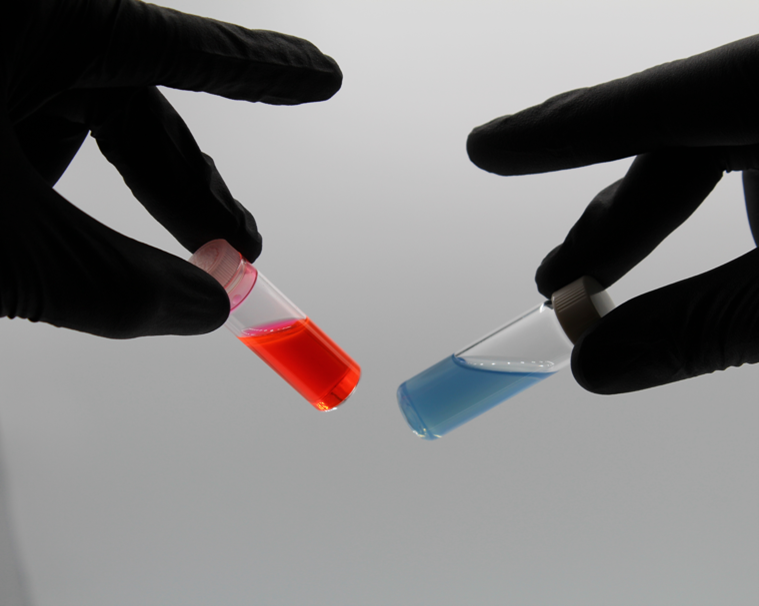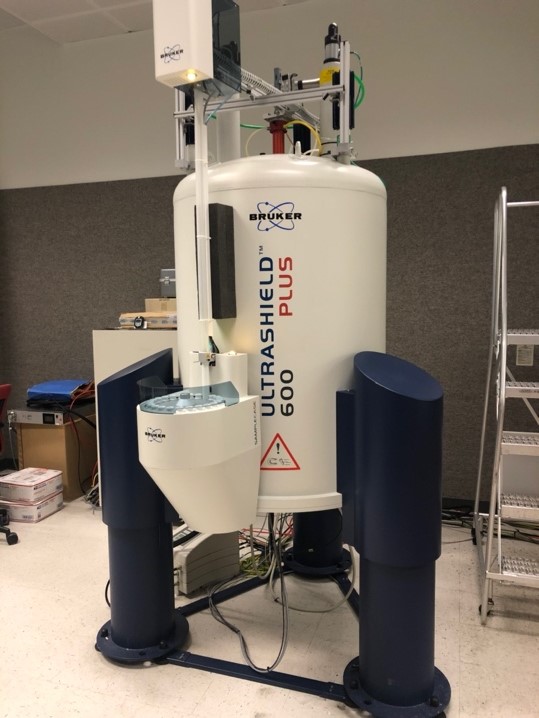Strouse Group Research
The research effort takes today's discoveries to tommorrow's devices
by targeting the science and application of nanocrystals
in four primary research areas:
Sustainability, Energy Efficency, Optical Rulers.

Sustainability
The synthetic design team focuses on the use of microwave chemistry for the development of synthetic methodologies for sustainable, high throughput preparation of new quantum dot, metal and opical materials using industrially relevant synthetic methodologies. The use of the MW methods for nanomaterial production has been adapted by several industrial companies proving the chemistry you do today can impact society. The addition of the Explorer autosampler has allowed significantly increased throughput and systematic studies of compounds with varying reaction conditions.
Read MoreEnergy Efficency
Innovative nanomaterials for solid state lighting (LEDs), spin electronics (spintronics, dilute magnetic semiconductors), and magnetic composites for advanced motor technology to reduce size, power demands, and improve performance.
Lighting: Using doped semiconductor nanomaterials combined with electronically active passivating ligands allows for synthesis of imporved LED fluorophore materials that cut energy cost and allow for tunibilty of lighting for commercial and domestic applications.
Magnetism: Using core-shell hard-soft magnetic materials combinations at the single domain size, unique and tunable properties can be harnessed to improve current magnetic motor technology, greatly improving clean energy efficency.
Optical Rulers: Development of optical based biophysical tools for temporal (picosecond), spatial (from 10's of nm to micron), and spectral (UV- NIR) elucidation of distances in biological structures from the isolated nucleic acid sequence to events within a cell, such as cellular cargo release kinetics, as well as analyte (pH, ROS, ions) detection.
Read More
Plasmonic Semiconductor Nanocrystals
Semiconductor nanocrystals exhibit tunable plasmon resonances across the infrared. Understanding the structure-property relationships of these materials is key towards their development for applications in sensing, electrochromics, photonics, and more.
Read More
Nuclear Magnetic Resonance
The group utilizes both solution and solid-state NMR in order to study nanomaterials from within. Unlike other optical techniques, NMR allows us to directly examine the local chemical environments and relaxation pathways of a wide variety of nuclei.
Read More